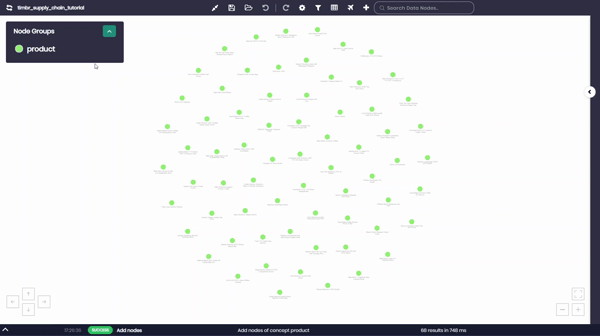Timbr SQL Metric Store: Superior Metrics to Power Analytics
Tools like Power BI traditionally rely on measures defined with DAX. DAX introduces inefficiencies when dealing with complex data models, excessively pushing down queries to the database, leading to longer refresh times and increased resource consumption Timbr’s SQL measures redefine analytics by leveraging database-native functions, replacing DAX for unmatched efficiency.
Empowering Excel Users to Retrieve Data with Natural Language
Timbr NLQ allows properly authorized business users to retrieve data with natural language, transforming complex SQL queries into intuitive, conversation-driven inputs directly in Excel for streamlined analysis. Timbr NLQ Excel add-in enhances productivity for business analysts and data driven teams, enabling efficient Excel-based insights across multiple tables and interconnected datasets.
Powerful SQL Ontologies: The Next Generation of Data Modeling
SQL ontologies provide a practical, flexible way to model data, replacing traditional ERD structures with semantic models that simplify querying relationships across data sources, all within a familiar SQL environment. Relationships are first-class entities, allowing for search, reuse, and exploration based on their structure. These relationships carry semantic meaning, with
Semantic Layer or Creating Views Forever?
Aren’t you tired of creating Views over and over again? How much time are you wasting managing Views? Can you keep track of all the Views in your databases? If any of the above relates to you or if you have concerns about the scalability of this approach, this blog
Timbr Powers the Ontology-based Semantic Data Fabric
Introduction Enterprises need flexible, scalable, and efficient ways to manage their ever-growing datasets. Traditional data architectures, such as centralized data lakes or warehouses, often struggle to meet the demands of modern organizations, particularly in terms of flexibility, governance, and real-time accessibility. Timbr intelligent semantic layer enables the Semantic Data Fabric
Building Better Data Applications: How Timbr Powers Flexibility, Performance, and Security
Developers of data applications often face challenges like complex queries, integrating multiple data sources, and ensuring high performance and real-time access while maintaining security and scalability. Timbr simplifies querying by replacing complex SQL JOINs with semantic relationships, enabling more efficient data access, integration across multiple sources without replication, and real-time


